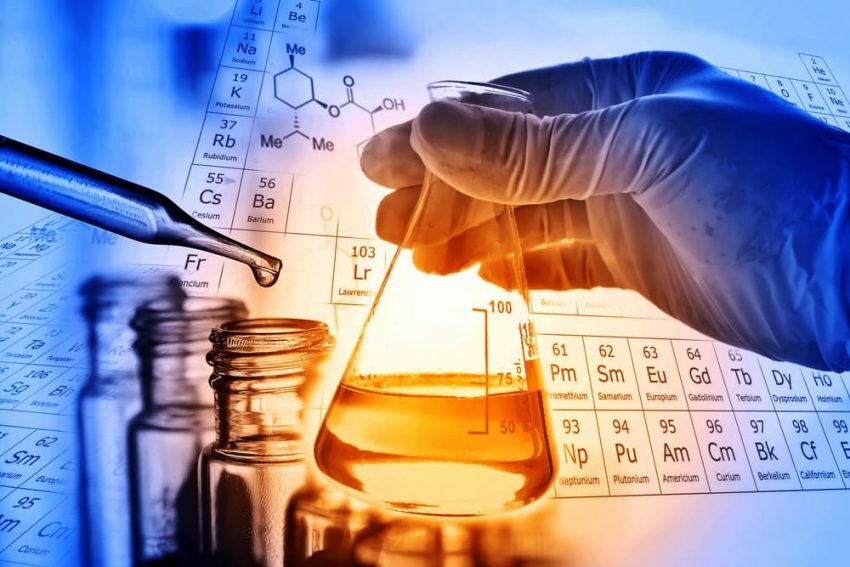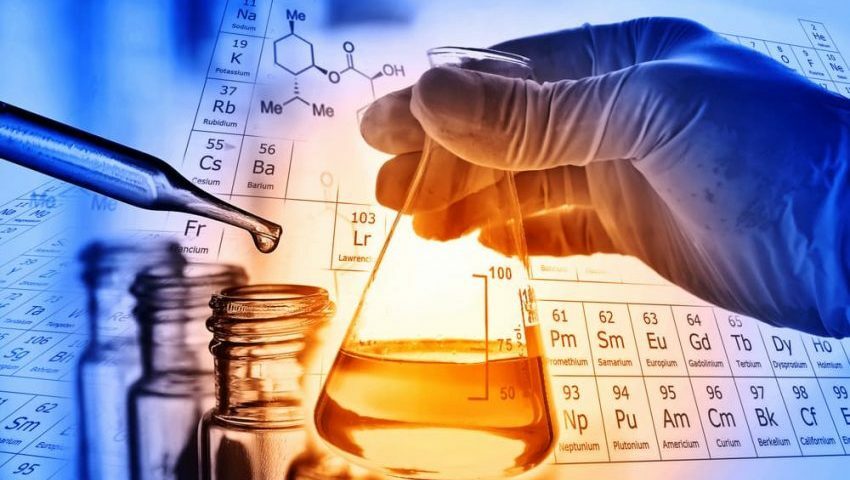Oxygen, Nitrogen and Carbon Cycles
Chemistry / / July 04, 2021
Oxygen cycle
Oxygen is a very important component of air and it is required to maintain life.
Oxygen participates in many fundamental reactions to sustain life, it is the final acceptor of electrons in the respiratory chain that is the maximum energy supplier in aerobic organisms (they are those that consume oxygen).
Photosynthesis is the fundamental process by which plants produce their own food (that is, they are autotrophs). In order to carry out photosynthesis, chloroplasts (in green plants), capture carbon dioxide (which contains oxygen and carbon) from the environment, water, and finally, using enzymes and light energy, produce: oxygen and glucose.
The oxygen produced in photosynthesis comes out in the form of gas and is what is in the air. It is introduced by all aerobic organisms, where it enters the respiratory chain as a final electron acceptor. to form water that is called oxidation water and is eliminated by living beings in sweat, urine, tears etc. Carbon dioxide (which also contains oxygen), is the product of aerobic catabolic reactions and is expelled by aerobic organisms and recycled by plants in the way seen above.
This oxygen, which is found in the air, is also used by man in his reactions of combustion, which, as seen previously, produces carbon dioxide that is also recycled in the photosynthesis.
In this way there is a constant circulation of oxygen and a kind of symbiosis between the organisms that breathe oxygen and the plants, where the organisms aerobes use oxygen from plants for their metabolism and produce carbon dioxide that is used by plants to produce oxygen and nutrients.
Cycle of nitrogen
Natural cyclical process in the course of which nitrogen is incorporated into the soil and becomes part of living organisms before returning to the atmosphere. Nitrogen, an essential part of amino acids, is a basic element of life. It is found in a proportion of 79% in the atmosphere, but gaseous nitrogen must be transformed into a chemically usable form before it can be used by living organisms. This is achieved through the nitrogen cycle, in which gaseous nitrogen is transformed into ammonia or nitrates. The energy contributed by solar rays and cosmic radiation serve to combine nitrogen and gaseous oxygen into nitrates, which are carried to the earth's surface by rainfall. Biological fixation, responsible for most of the nitrogen conversion process, is produced by the action of free nitrogen-fixing bacteria, symbiotic bacteria that live in plant roots (especially legumes and alders), blue-green algae, certain lichens and forest epiphytes tropical
The nitrogen fixed in the form of ammonia and nitrates, it is absorbed directly by plants and incorporated into their tissues in the form of plant proteins. Nitrogen then travels up the food chain from plants to herbivores, and from there to carnivores. When plants and animals die, nitrogenous compounds break down producing ammonia, a process called ammonification. Part of this ammonia is recovered by plants; the rest dissolves in the water or remains in the soil, where microorganisms convert it to nitrates or nitrites in a process called nitrification. Nitrates can be stored in decomposing humus or disappear from the soil by leaching, being washed into streams and lakes. Another possibility is to convert to nitrogen through denitrification and return to the atmosphere.
In natural systems, nitrogen that is lost through denitrification, leaching, erosion, and the like is replaced by the fixation process and other nitrogen sources. Anthropic (human) interference in the nitrogen cycle can, however, lead to less nitrogen in the cycle, or to overload the system. For example, intensive cultivation, harvesting and clearing of forests have caused a decrease in the nitrogen content in the soil (some of the losses in agricultural territories can only be made up by means of artificial nitrogen fertilizers, which involve a great expense energetic). On the other hand, nitrogen leaching from overly fertilized farmland, indiscriminate felling of forests, animal waste and water Residuals have added too much nitrogen to aquatic ecosystems, causing a decline in water quality and stimulating excessive growth of algae. In addition, nitrogen dioxide released into the atmosphere by automobile exhausts and thermal power plants decompose and react with other atmospheric pollutants giving rise to smog photochemical.
Carbon cycle
Through it, energy flows through the terrestrial ecosystem. The basic cycle begins when plants, through photosynthesis, make use of carbon dioxide (CO2) present in the atmosphere or dissolved in water. Part of this carbon becomes part of plant tissues in the form of carbohydrates, fats and proteins; the rest is returned to the atmosphere or water through respiration. Thus, carbon passes to herbivores that eat plants and thereby use, rearrange and degrade carbon compounds. Much of it is released in the form of CO2 by respiration, as a by-product of metabolism, but part is stored in animal tissues and passes to carnivores, which feed on herbivores. Ultimately, all carbon compounds are broken down by decomposition, and carbon is released as CO.2, which is used again by plants.
- Keep reading: Carbon.


